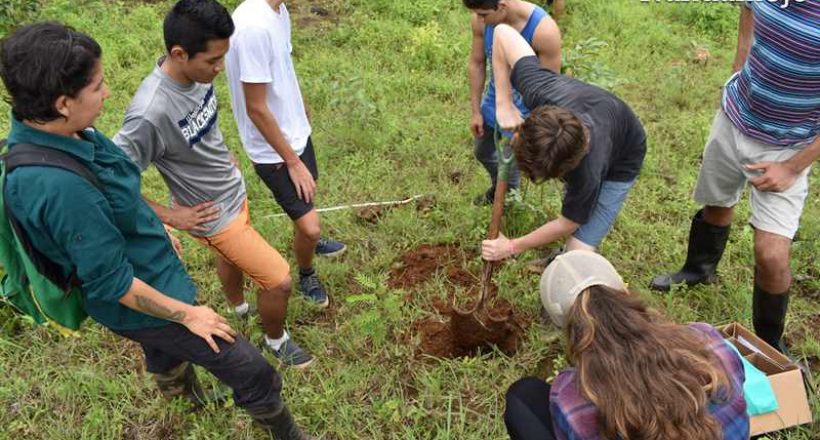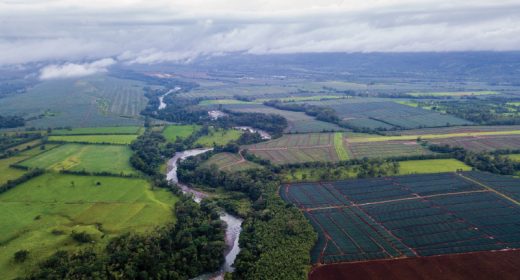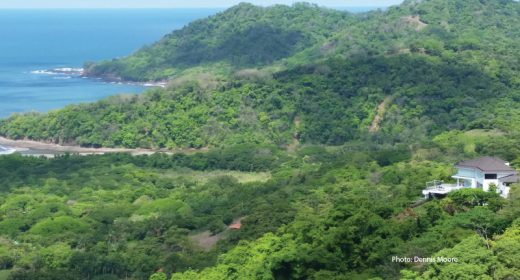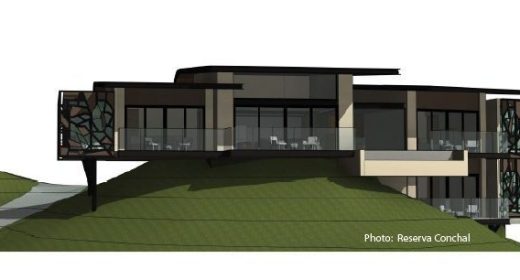
Environment – Seeds of the Future
- AUG 03, 2017Warning: count(): Parameter must be an array or an object that implements Countable in /home/howlermag/public_html/old/wp-content/themes/new-paper/includes/general.php on line 193

Your Lead Paragrpah goes here
[vc_row full_width=”full_width”][vc_column][vc_column_text]
“If your plan is for one year plant rice. If your plan is for ten years plant trees.
If your plan is for one hundred years educate children.”
Confucius
A concise phrase by the renowned Chinese sage can be a really hard act to follow. At the very least, in our little slice of paradise here in Guanacaste, we’re trying to put his words into practice.
It would come as no surprise if long-time Howler readers have gotten weary of reading yet another article on water, drought, erosion control, etc. That has been the bread and butter of my focus here for 20 plus years. Fortunately, through the work of Asociación Nandamojo, for several years now, theory is getting put into practice. And they’re not just planting rice and trees.
[/vc_column_text][/vc_column][/vc_row][vc_row full_width=”full_width”][vc_column width=”2/3″][vc_column_text]A couple of days in June found me staggering around the hills in our valley with an energetic group of students from La Paz Community School. The mission: first, give them some basic information on soil formation, structure and relation to water and vegetation. Then turn them loose to gather samples, analyze, compare notes and arrive at conclusions. They came well equipped.
It is hard to imagine that since its establishment, the hillside town of La Florida has ever seen such a sophisticated assortment of test tubes, beakers, microscopes and other laboratory equipment. Science teacher Sean Murray and La Paz co-founder Kerry McClennen oversaw the set-up of the temporary laboratory. I gave a general overview of soils and Marcia Gomez, our resident forestry expert, led the kids over hill and dale to select sites for samples for later analysis.
In terms of educational philosophy, I’d argue that nobody put it better than Confucius himself:
“I hear and I forget. I see and I remember. I do and I understand.”
[/vc_column_text][/vc_column][vc_column width=”1/3″][vc_gallery type=”image_grid” images=”3284″ img_size=”full”][/vc_column][/vc_row][vc_row full_width=”full_width”][vc_column width=”1/3″][vc_gallery type=”image_grid” images=”3286″ img_size=”full”][/vc_column][vc_column width=”2/3″][vc_column_text]The nitty-gritty of this kind of learning is not the 10-minute elevator speech lecture on soils, nor the hand-waving reference to a stack of books ranging from soil physics to microbiology. It’s the trudging into the woods, hands in holes, seeing and feeling the colors and textures of the different layers that really burrows into your brain. (Diehard dirt lovers can also apparently taste different levels of acidity in soils, but we omitted that lesson from the two-day curriculum.)
As it turns out, in terms of technical hardware, we were perhaps a bit under-gunned. The food webs, fungal networks and the complex trophic pyramid of the mind-boggling diversity we walk upon are orders of magnitude more minute than the microscopes could reveal. Nonetheless, after the lab and some comida tipica provided by the residents of La Florida, it was back to the fields and back to the nitty-gritty of hands in the soil.
[/vc_column_text][/vc_column][/vc_row][vc_row full_width=”full_width”][vc_column][vc_column_text]For the practicum part of their time in the hills, the students planted some water and soil-retaining contour lines of vetiver grass, one of the mainstays of our work here in the valley. In a few years’ time, perhaps a different group can return to sample and analyze the soil accumulated on the uphill side. And hopefully, with the combined experience, the blending of theory and practice, we’ve planted some seeds of caring for the earth in the minds and hearts of those who will be inheriting it from us, much sooner than we care to think.[/vc_column_text][/vc_column][/vc_row]









